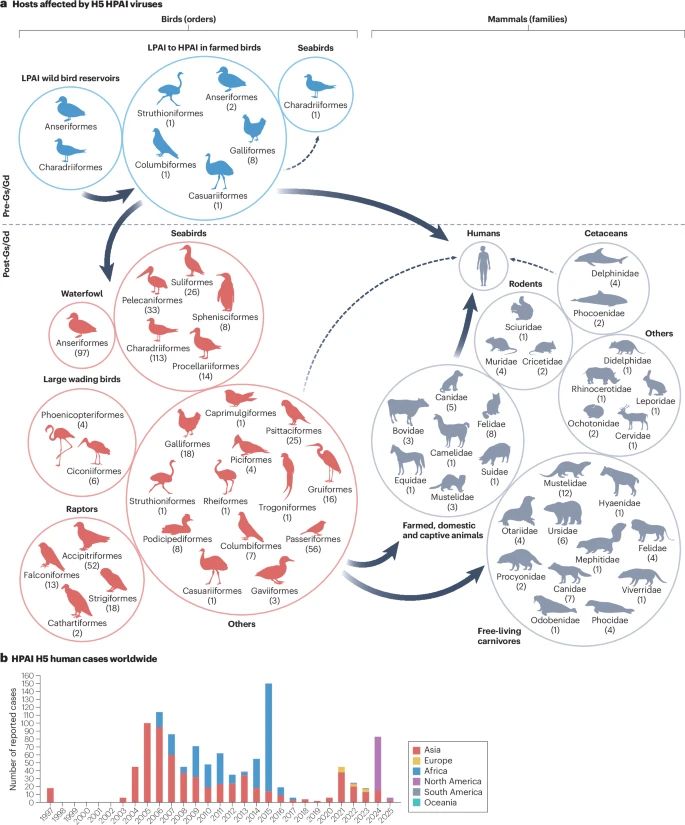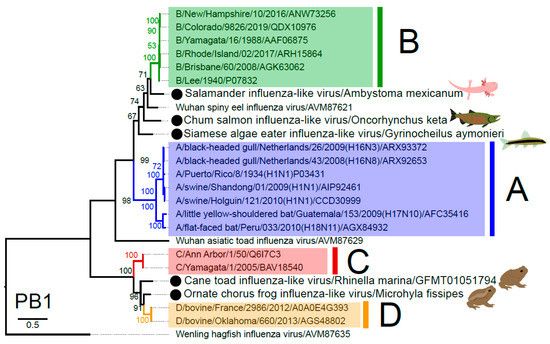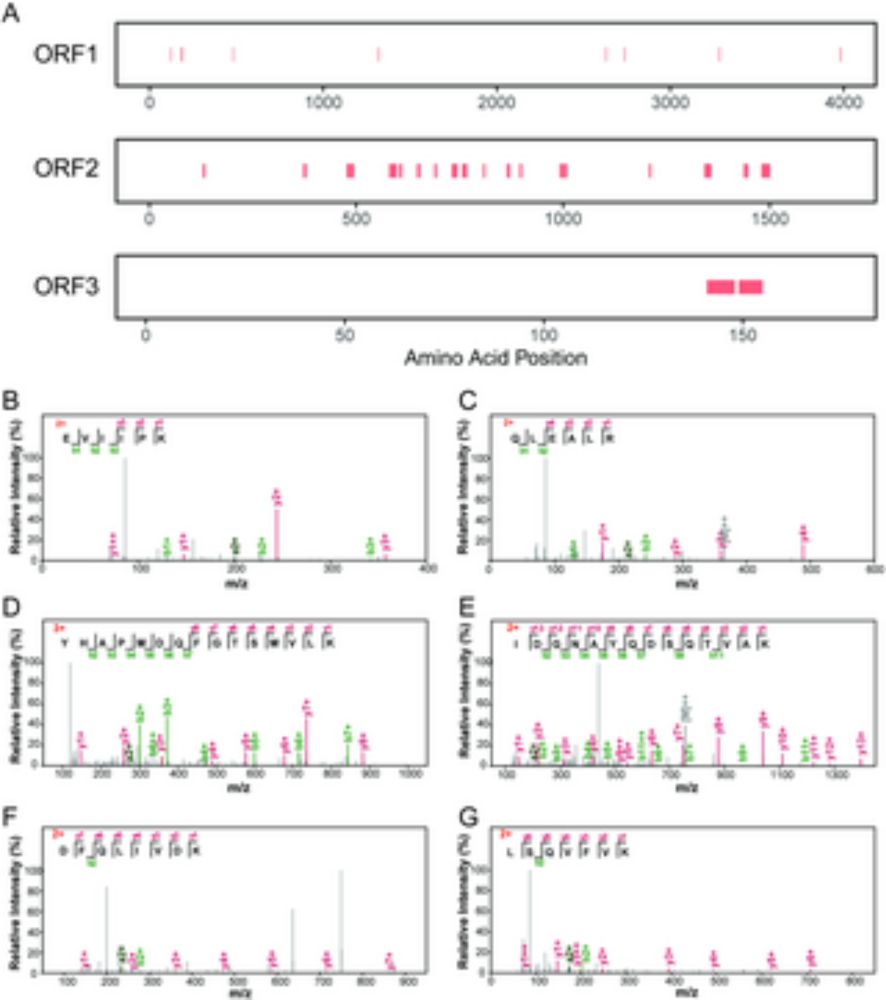
Another fascinating reminder of how diverse coronavirus evolution is in wildlife reservoirs.
#Virology #VirusEvolution #Bats #Coronavirus
www.biorxiv.org/content/10.1...

Another fascinating reminder of how diverse coronavirus evolution is in wildlife reservoirs.
#Virology #VirusEvolution #Bats #Coronavirus
www.biorxiv.org/content/10.1...
🔗 journals.asm.org/doi/full/10....

🔗 journals.asm.org/doi/full/10....

www.nature.com/articles/s44...

www.nature.com/articles/s44...
👉 www.nature.com/articles/s41...


👉 www.nature.com/articles/s41...
👉 biorxiv.org/content/10.1...


👉 biorxiv.org/content/10.1...

“Genome sizes of animal RNA viruses reflect phylogenetic constraints”
doi.org/10.1093/ve/v...

“Genome sizes of animal RNA viruses reflect phylogenetic constraints”
doi.org/10.1093/ve/v...
“Influenza B viruses are more susceptible to high temperatures than influenza A viruses”
doi.org/10.1038/s442...

“Influenza B viruses are more susceptible to high temperatures than influenza A viruses”
doi.org/10.1038/s442...
“Metagenomic analysis of the gut microbiota of hooded cranes (Grus monacha) on the Izumi plain in Japan.”
doi.org/10.1002/2211...

“Metagenomic analysis of the gut microbiota of hooded cranes (Grus monacha) on the Izumi plain in Japan.”
doi.org/10.1002/2211...
“Genes involved in the limited spread of SARS-CoV-2 in the lower respiratory airways of hamsters may be associated with adaptive evolution.”
doi.org/10.1128/jvi....
“Genes involved in the limited spread of SARS-CoV-2 in the lower respiratory airways of hamsters may be associated with adaptive evolution.”
doi.org/10.1128/jvi....
👉 www.science.org/doi/full/10....

👉 www.science.org/doi/full/10....


